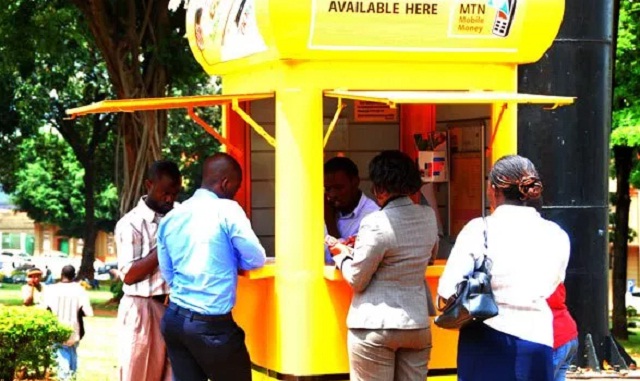
Cost of sending money to Uganda remains high at 8.7%, double the (SDG) target
Kampala, Uganda | RONALD MUSOKE | The COVID-19 pandemic that has ravaged the world over the last 18 months has cut by 26% the amount of money Ugandan migrant workers sent back home over the same period, according to the World Bank’ latest report.
Data from the Migration and Development Brief, a report published in May, this year, by the World Bank and The Global Knowledge Partnership on Migration and Development (KNOMAD) shows that remittance inflows to Uganda declined from US$1.4bn in 2019 to US$1.1bn in 2020.
The report titled, “Resilience: COVID-19 Crisis Through a Migration Lense,” noted that in 2020, officially recorded remittance inflows to low-and-middle income countries reached US$ 540bn, only 1.6% below the US$ 548bn seen in the previous year.
However, this decline is not surprising as the global bank had already issued a warning noting that COVID-19 pandemic would impact the amount of money migrant workers send home.
The World Bank says the decline in remittances will be sustained into this year with low and middle-income countries projected to experience a fall of 7.5% or U.S$ 470bn within the period as a result of weak economic growth and employment levels in migrant-hosting countries, weak oil prices and depreciation of currencies in remittances-source countries.
Adam Mugume, the executive director at Bank of Uganda in charge of research also noted early this year that remittances from abroad reduced to US$ 1.2bn down in 2020 from US$ 1.4bn in the period ended December, 2019.
Mugume noted that the BoU data had shown that remittances had fallen by US$ 200 million for the year ended December 2020, highlighting the impact of COVID-19 within and without Uganda.
Uganda among top five recipients of remittances
Despite the decline, Uganda is still ranked among the top ten recipient countries in sub-Saharan Africa. The World Bank reports say Ugandan citizens in the diaspora have been sending home over US$1bn over the last five years.
An April 2018 World Bank report on migration and remittances noted that the country received up to US$ 1.4bn which was almost the same amount as tourism revenue. In 2017, Ugandans in the diaspora sent US$ 1.4bn back home though that figure fell slightly to US$ 1.32bn in the subsequent year.
These remittances according to financial experts have become the lifeblood of tens of thousands of households in Uganda, underscoring the role these private transfers of funds play in safeguarding their food security, health care, savings and investment opportunities.
Similarly, a recent study by the International Fund for Agricultural Development (IFAD), on remittances to Uganda highlights the fact that innovative solutions such as Mobile Money have the potential to increase access to and use of remittances received by households for greater financial inclusion and investment opportunities.
Currently, Uganda’s mobile money service is one of the most integrated globally, especially for cross-border mobile money services. The existing services allow people to receive money from four countries in sub-Saharan Africa and send it from wallet to wallet to six different countries in the region.
IFAD has also launched a national call for proposals under its Platform for Remittances, Investment and Migrants’ Entrepreneurship (PRIME) Africa programme in collaboration with the European Union to identify and support initiatives that can reduce transaction costs, accelerate digitalization and leverage remittances to deepen financial inclusion and expand formal channels.
“While there has been a great transition to digital financial services, the key concern for Uganda remains making money transfer safer, more secure and cost-effective,” said Tilda Nabbanja, the Acting Head of the Financial Inclusion division of the Bank of Uganda.
“Greater financial literacy, innovations in service delivery and synergies among the development institutions, private and public sectors have to be built, in order to promote financial inclusion in the country,” she said.
High transfer fees
The average cost of sending money to Uganda remains high at 8.7%, double the Sustainable Development Goal’s (SDG) recommended target of 3%.
But the National Payment Systems Act 2020 has the potential to achieve the set SDG target, create an enabling environment for digital financial and payment service providers, and increase competition and consumer protection.
“As all governments plan for recovery strategies, it is crucial to facilitate the contribution that 200 million migrants make to over 800 million family members around the world,” said Pedro De Vasconcelos, Manager of IFAD’s Financing Facility for Remittances.
“The opportunity for Uganda today is not only to make remittances cheaper as per the SDG target, but also to make them count for the millions of families that receive them.”
That will give families with greater financial options in their daily lives and ensure greater resilience, particularly in times of crisis,” he added.
****
 The Independent Uganda: You get the Truth we Pay the Price
The Independent Uganda: You get the Truth we Pay the Price


